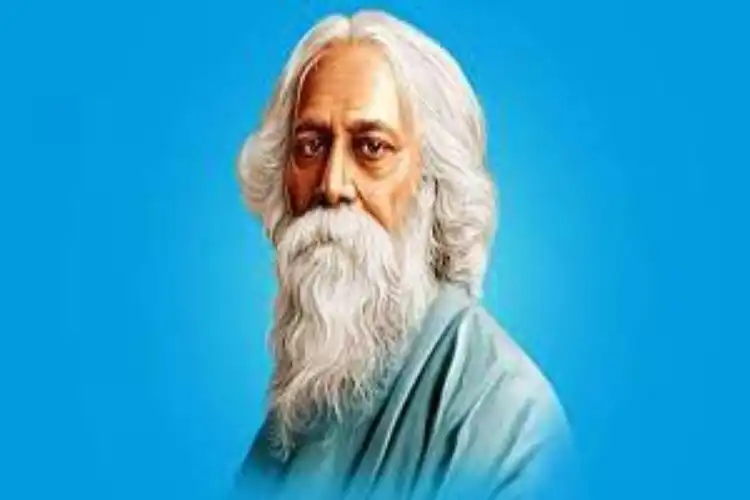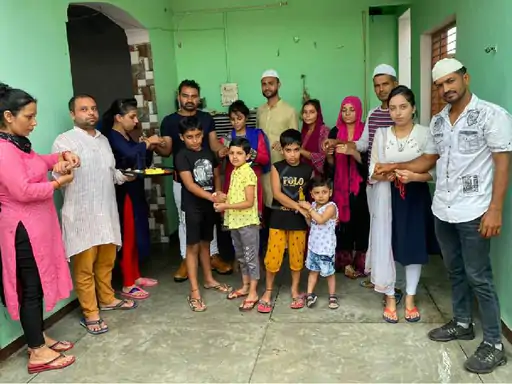New Delhi
On Raksha Bandhan, an Indian festival that celebrates the bond of love between a brother and his sister or siblings, and the sense of protection they feel towards each other has been used many times imaginatively to achieve larger goals of public good and in the interests of the country.
Nabel Laureate Gurudev Rabindranath Tagore used the symbolism of Rakshabandhan to thwart attempts of the British government to divide the province of Bengal along religious lines to pursue their divide and rule policy.
History has it that Gurudev used the symbolism of the festival and turned it into a movement for a bigger cause. Tagore used the perception of Raksha Bandhan at that time to create hope and spread harmony in the minds of the people.He gave a call to all communities to come together and protect each other as a result for the first time in India Hindus and Muslims were seen tying rakhis on each other’s hands in public and holding the promise of love and harmony to each other.
The Hindus and Muslims took an oath to protect each other from the terror of the then British government and intended separation.
Those days, Rakshabandan was limited to family celebrations in Hindu homes and it was for the first time, that a leader had used it as a political weapon.
Back then in 1905, the British government was working on the policy of 'divide, rule' that they divided to get control over India. The British primarily targeted the Hindus and Muslims, the largest religious groups in India when they were making a plan to divide Bengal.
In Bagpath Hindu women tying Rakhi on the wrists of Muslim brothers (File Courtesy: Amar Ujala)
Back then, the Calcutta Presidency comprised Assam, Odisha, Bangladesh, and Bihar. With its huge population and large area, the British found it difficult to rule over it and decided to divide it.
However, the reality was that this division had very little to do with administrative issues and was an attempt to divide Hindus and Muslims.
The division of the territory was done as per religion: the eastern part of Bengal was Muslim-dominated and the western part was by the Hindu community.
The British made no bones about their intention as Lord Curzon, the then Viceroy of India, said that 'the Muslim-majority region of Assam and Sihlet (now Bangladesh) was to be separated from the Hindu-majority region of West Bengal, Bihar and Odisha'. The partition order was passed in August 1905 and came into force on 16 October of the same year.
At this stage, Rabindranath Tagore used the symbolism of Raksha Bandhan to mobilize people into forging a close-knit society.
Though India’s partition happened as per the British plans – along Hindu vs Muslim lines, even today this festival is used in many places to bring people closer.
Like in the western Uttar Pradesh's Bagpath area, there is a tradition of Hindu women taking a Muslim as ‘brother’ and trying Rakhi on his wrist. The brothers ,in turn, give the 'gift' of promise that they would stay away from drugs and other vices.
The brothers also gift their sisters a sapling to commemorate their bond that would mature into a tree and save the environment too.


